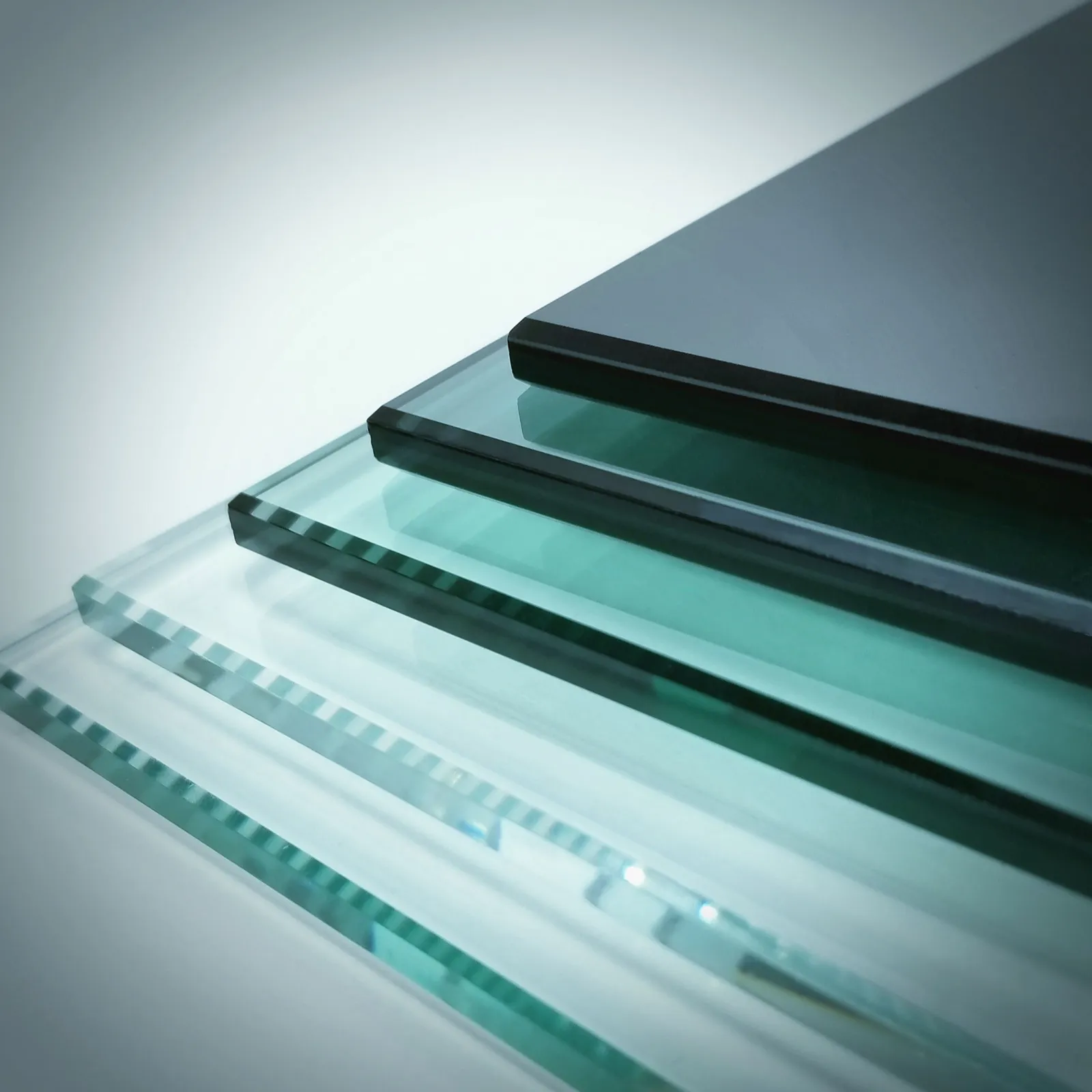

Understanding One-Way Reflective Glass A Contemporary Solution for Privacy and Visibility
One-way reflective glass, often referred to as two-way mirror or one-way mirror, is a fascinating and innovative material that finds a range of applications in various fields, from architecture to security. This specialized glass allows light to pass through from one side while reflecting it from the other, creating an intriguing balance between visibility and privacy. The unique properties of one-way reflective glass make it an attractive option for enhancing privacy in both residential and commercial settings.
Understanding One-Way Reflective Glass A Contemporary Solution for Privacy and Visibility
One of the most practical applications of one-way reflective glass lies in the field of security and surveillance. By installing this type of glass in strategic locations, companies and organizations can monitor activities without being noticed. It is commonly used in police interrogation rooms, observation decks, and places requiring surveillance, allowing security personnel to maintain a watchful eye over sensitive areas without alarming individuals under observation.

In addition to enhancing security, one-way reflective glass also plays a significant role in architectural design. Modern buildings often incorporate this glass in their facades, contributing to an aesthetically pleasing environment while maintaining a degree of privacy for occupants. The reflective quality of the glass allows buildings to blend seamlessly with their surroundings during the day, reducing the visual impact on the neighborhood. Moreover, energy efficiency is another benefit, as one-way reflective glass can help regulate indoor temperatures by minimizing heat gain when exposed to direct sunlight.
Despite its many advantages, it is important to recognize the limitations of one-way reflective glass. The effectiveness of its reflective properties can diminish at night when the lighting conditions inside a building exceed those outside. In such situations, individuals inside may become more visible, which could compromise privacy if not properly managed. Therefore, balancing ambient lighting and utilizing curtains or blinds can enhance overall effectiveness.
In conclusion, one-way reflective glass is a remarkable solution for achieving privacy while maintaining visibility in various applications. From security surveillance to architectural enhancements, its unique properties offer both functional and aesthetic benefits. As technology continues to evolve, we can expect to see further advancements and innovations in the use of one-way reflective glass, making it an integral part of modern design and security strategies. Whether for a sleek office space or a private home, this versatile material undoubtedly stands out as an effective choice for the contemporary world.